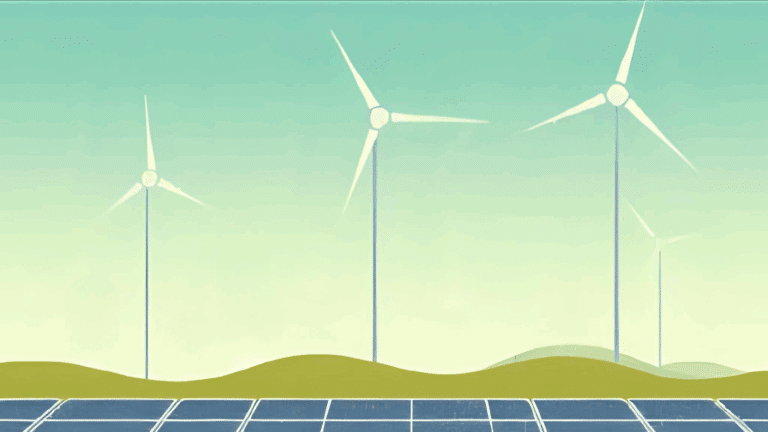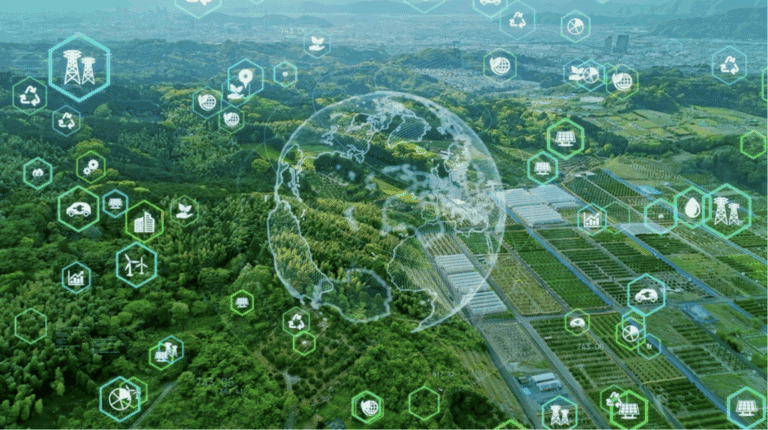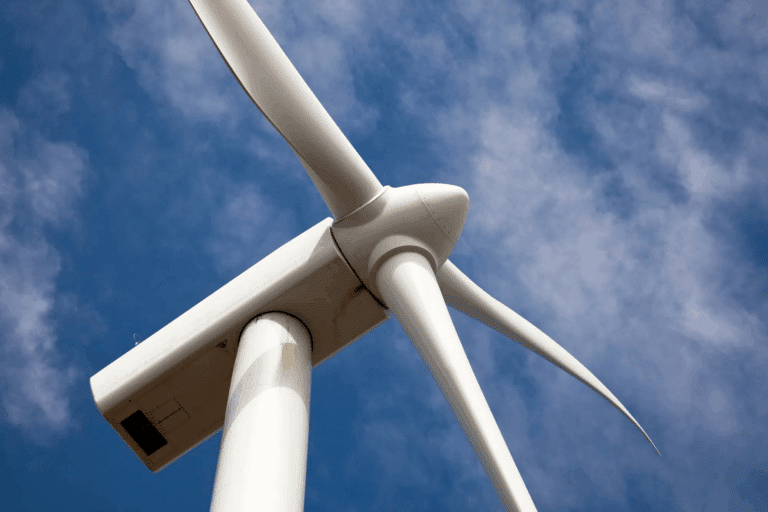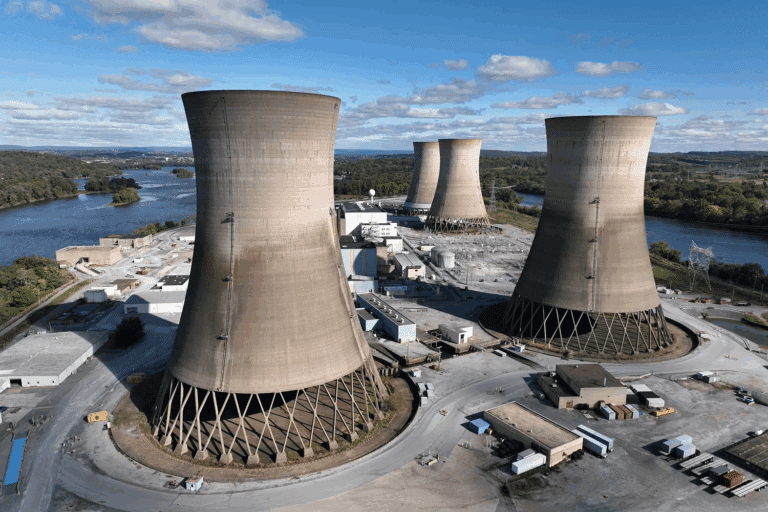EU on track to phase out Russian gas by 2028 but supply challenges remain
- Careful coordination, infrastructure development, and diversified supplies crucial to ensure smooth EU transition - Anadolu Agency
Current Access Level “I” – ID Only: CUID holders, alumni, and approved guests only
Insights from the Center on Global Energy Policy
This Energy Explained post represents the research and views of the author. It does not necessarily represent the views of the Center on Global Energy Policy. The piece may be subject to further revision. Contributions to SIPA for the benefit of CGEP are general use gifts, which gives the Center discretion in how it allocates these funds. Rare cases of sponsored projects are clearly indicated.
For a full list of financial supporters of the Center on Global Energy Policy at Columbia University SIPA, please visit our website at Our Partners. See below a list of members that are currently in CGEP’s Visionary Circle. This list is updated periodically.
In a recent article in this publication, “How Much Is Enough? Fossil Fuel Abatement and the Paris Agreement,” the author argued that the global community should consider requiring all new and retrofit facilities still using fossil fuels to employ at least 90–95% capture of production and consumption carbon dioxide (CO2) emissions,[1] and emit less than 0.5 percent upstream fugitive emissions, in order to meet the Paris Agreement goal of limiting warming to “under 2°C and towards 1.5°C” and reaching net zero emissions by mid-century.[2] With the 2023 UN Climate Change Conference (COP28) approaching, it’s particularly timely to continue this discussion to explore how this approach, grounded in the science of the global carbon budget (IPCC 2022b) and technically feasible with some effort, could help provide a vocabulary for developing greenhouse gas (GHG) intensity “rules of thumb” for hydrogen and electricity as well as clean fossil fuels.
Most studies of pathways to net zero CO2 emissions emphasize electrification of most final energy end-uses (e.g., buildings, cars, and factories), supplied by low-carbon electricity, as the backbone of the global effort to decarbonize the energy supply and demand systems (Center on Global Energy Policy 2022, IPCC 2022b). Where studies tend to differ is how the electricity will be made and stored, as well as the end-uses for what cannot currently feasibly electrify (e.g., long-distance aviation) and where significant process emissions are involved (e.g., the making of clinker, a precursor to cement).
Answers to these questions quite often, if not always, involve hydrogen—e.g., for hydrogen-based fuels, chemical feedstocks, heat, and energy storage—and carbon capture, utilization, and storage (CCUS)—e.g., for biomass and direct-air-capture-based hydrocarbon and alcohol fuels, chemical feedstocks, and permanent CO2 disposal (Bataille 2020, IPCC 2022a, IPCC et al. 2022). Ultimately, if all these alternatives fail, one is left with CO2 removal, which requires carbon capture and storage (CCS) in most instances. Instead of strict alternatives to each other, electrification, hydrogen, and CCUS are tied up in a complex, sometimes conflicting but often complementary relationship in net-zero pathways.
For example, while hydrogen can be made by several means, almost all is made today by extracting it from methane and occasionally coal. Making low-carbon hydrogen from methane would require CCS with today’s technology.[3] Based on Bauer et al. (2022), consistent with the above fossil fuel and CCS rule of thumb, producers of “blue” hydrogen (i.e., reformation of methane followed by sequestration of the carbon dioxide) should aim for >=90% capture when produced fed by fossil methane with an upstream fugitive rate of <0.5%, and ideally toward 0.2%. Capture of >=90% is technically reasonable if oxygen-enhanced autothermal reforming (ATR) is used instead of standard steam methane reforming (SMR).[4] At these maximum GHG intensity points, the emissions per kilogram hydrogen (kg H2) are approximately 1.5 kilograms carbon dioxide equivalent (kg CO2e)[5] from well to end-use, and are currently eligible for subsidies of up to $1/kg from the Inflation Reduction Act (Fakhry & NRDC 2022).
The proposed hydrogen standard has direct implications for the GHG intensity of electricity to be compliant with the goals of the Paris Agreement, as the author also noted in a recent comment letter to the US Department of Energy. With the 1.5 kg CO2e/kg H2 figure as a benchmark, and the commonly assumed electrolyzer efficiency of 70%, green hydrogen at an energy density of 33.6 kilowatt-hour per kilogram (kWh/kg) should be made from electricity with a GHG intensity of <=30 grams (g) CO2 per kWh in operation. Other forms of hydrogen production could also logically be held to at least this 1.5 kg CO2/kg H2 standard as applicable. These benchmarks are technologically and commercially feasible with a few years’ lead time.
Regional electricity decarbonization strategies will vary, but for one illustrative example of how we can feasibly reach a GHG intensity of 30 g CO2/kWh, consider wind or solar with some battery storage running 93% of the time, combined with a 460 g CO2/kWh open-cycle gas plant for the remaining 7%. Another might be a 335 g/kWh combined-cycle gas plant with >=92% capture CCS (add a 10% energy penalty for CCS). Either strategy could be combined with some mixture of hydropower, small or large nuclear, closed-cycle deep geothermal, long duration storage, etc., as available.
A higher-order question is if these benchmarks are actually consistent with scenarios for net zero emissions by mid-century, specifically for the US. If we use final end-use energy intensity in g CO2/kWh as the common link, the IPCC AR6 1.5–2°C scenarios[6] are in the range of 35–55 g CO2/kWh globally in 2050, albeit with substantial offsetting CO2 removal (~0.5 metric tons per person per year), without which the electricity benchmark would be lower. Williams et al. (2021) found that CO2 intensities for electricity from 0–16 g CO2/kWh are required for net zero CO2 by 2050 in the US, while the 2021 White House Long Term Strategy for the United States’ goal was 100 percent carbon-free electricity by 2035.
Hydrogen is arguably not a direct substitute for electricity, however, and will likely be used only where it is already present (e.g., fertilizer and chemical production, upgrading) and where direct electrification is challenging or very expensive (e.g., iron-ore reduction for steel making, heavy freight, industrial process heat more than 150°C—at lower temperatures heat pumps and heat batteries can easily be used—and seasonal energy storage) (Bataille et al. 2021). For all these reasons, while net-zero carbon hydrogen is a good aspiration, it is more important that it’s ultra-low emitting instead, at the current practical engineering and commercial limits of blue and green hydrogen.
A logical objection to this framework might be that 95% or better capture CCS fueled by low fugitive fossil fuels, <=30 g/kWh electricity, and <=1.5 kg CO2/kg H2 all very have different costs per metric ton CO2 abated depending on the situation, time, and place. The relative costs of these various strategies may, however, serve as a “physical exchange rate” of minimum physical ambition needed to meet the Paris Agreement goals. All three also carry a significant caveat in that they assume at least some level of carbon dioxide removal will be available to offset their residual emissions, on the order of 5 gigatons of CO2 per year—equivalent to the United States’ current CO2 emissions per year.
COP28, headed by the UAE, will be very focused on CCUS. But if the global community can agree on a minimum level of mitigation ambition as a standard for CCS use, this will likely have implications for minimum acceptable ambition for electricity and hydrogen GHG intensity. COP28 will serve as an ideal forum for starting this conversation and making it part of the ongoing international dialogue.
CGEP’s Visionary Circle
Corporate Partnerships
Occidental Petroleum Corporation
Tellurian Inc
Foundations and Individual Donors
Anonymous
Anonymous
the bedari collective
Jay Bernstein
Breakthrough Energy LLC
Children’s Investment Fund Foundation (CIFF)
Arjun Murti
Ray Rothrock
Kimberly and Scott Sheffield
Bataille, C. (2020). Physical and policy pathways to net-zero emissions industry. WIRES Wiley Interdisciplinary Reviews: Climate Change, 11(e633), 1–20. https://doi.org/10.1002/wcc.633
Bataille, C., Neff, J., & Shaeffer, B. (2021). The Role of Hydrogen in Canada’s Transition to Net-Zero Emissions. The School of Public Policy Publication: SPP Research Paper. https://papers.ssrn.com/sol3/papers.cfm?abstract_id=4045769
Bauer, C., Treyer, K., Antonini, C., Bergerson, J., Gazzani, M., Gencer, E., Gibbins, J., Mazzotti, M., McCoy, S. T., McKenna, R., Pietzcker, R., Ravikumar, A. P., Romano, M. C., Ueckerdt, F., Vente, J., & van der Spek, M. (2022). On the climate impacts of blue hydrogen production. Sustainable Energy and Fuels, 6(1), 66–75. https://doi.org/10.1039/d1se01508g
Columbia University Center on Global Energy Policy. (2022, October 11). Electrification on the Path to Net Zero: A Comparison of Studies Examining Opportunities and Barriers in the United States. Center on Global Energy Policy at Columbia University | SIPA. https://www.energypolicy.columbia.edu/publications/electrification-path-net-zero-comparison-studies-examining-opportunities-and-barriers-united-states/
Fakhry, 2022 Rachel, & NRDC. (2022, August). IRA Hydrogen Incentives: Climate Hit or Miss? TBD. NRDC. https://www.nrdc.org/experts/rachel-fakhry/ira-hydrogen-incentives-climate-hit-or-miss-tbd
IPCC (Ed.). (2022a). Chapter 6: Energy Systems. In Climate Change 2022—Mitigation of Climate Change (1st ed., pp. 613–746). Cambridge University Press. https://doi.org/10.1017/9781009157926.008
IPCC. (2022b). Climate Change 2022: Mitigation of Climate Change—Summary for Policymakers. Cambridge University Press. https://www.ipcc.ch/report/ar6/wg3/
IPCC, Bashmakov, I., Nilsson, L., Acquaye, A., Bataille, C., Cullen, M., de la Rue du Can, S., Fischedick, M., Geng, Y., Tanaka, K., Bauer, F., Hasanbeigi, A., Levi, P., Myshak, A., Perczyk, D., Philibert, C., & Samadi, S. (2022). Chapter 11: Industry. IPCC AR6 WGIII Mitigation. IPCC. https://www.ipcc.ch/report/ar6/wg3/
Williams, J. H., Jones, R. A., Haley, B., Kwok, G., Hargreaves, J., Farbes, J., & Torn, M. S. (2021). Carbon‐Neutral Pathways for the United States. AGU Advances, 2(1). https://doi.org/10.1029/2020av000284
[1] Including all combustion and process emissions.
[2] The author is further exploring this with colleagues in a working paper.
[3] It may be eventually possible to extract hydrogen from methane via pyrolysis, leaving solid carbon black.
[4] The difference between SMR and ATR is in how heat is provided to activate the endothermic steam reforming reaction. In SMR, the catalyst is contained in tubes that are heated by an external burner. In ATR, a portion of the natural gas is burned in the presence of injected oxygen (a.k.a. partial oxidation) to raise the temperature of the process gas before it contacts the catalyst.
[5] CO2e is the total GHG emissions expressed in terms of the equivalent measurement of carbon dioxide.
[6] Chapter 6, Figure 6.22 Panels A & D (IPCC 2022b).
The Trump administration is increasingly using equity investments as a tool of industrial policy to support domestic critical minerals supply chains.

CGEP scholars reflect on some of the standout issues of the day during this year's Climate Week

President Trump has ended the federal government’s use of the "social cost of carbon" (SCC), an official estimate of the harms caused by carbon dioxide emissions.

In July, Republicans in Congress passed their signature domestic policy package, the One Big Beautiful Bill Act (or, H.R. 1).


H2 projects will have to compete for a shrinking pipeline of zero-carbon electricity with energy-intensive data centres.

A nuclear energy resurgence is vital to meet rising electricity demand.
